New Specialized Roubaix: Does the launch of a gravel-ready bike leave the endurance bike category behind?
We put the updated endurance model to the test on a little over 110 km's of Portugal's varying terrain
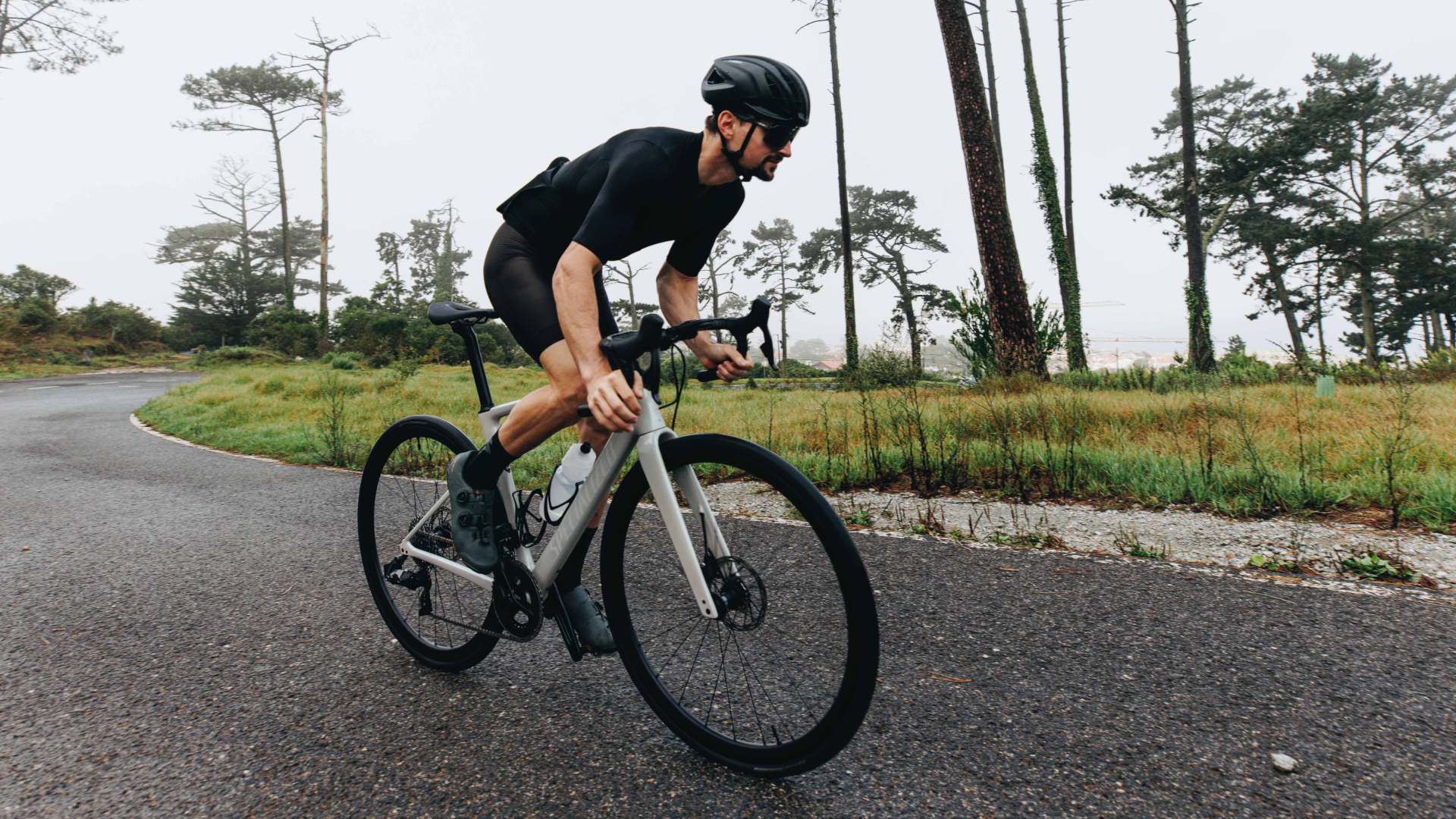

Specialized has just unveiled its latest Roubaix endurance bike. The headline changes are extra tire clearance, more mounts and an improved Future Shock under-stem suspension system - the neatest feature being that you can buy this separately and retrofit it to previous generations of the Roubaix.
It is a pertinent question whether the Roubaix has transitioned from endurance road bike to simply being a speedy gravel bike. With tire clearances of up to 40mm, a generously flexing seatpost and the Future Shock up front, the Roubaix is certainly more comfortable and capable than some models which have carried the ‘gravel’ moniker…
But I’ll discuss the Roubaix’s category allocation in greater depth further on. For now, it just helps to know that Specialized is pretty set that the Roubaix is still a ‘road’ bike - although gravel 'excisions' are fully on the cards!
We were invited out to Portugal to see how the Roubaix performs and put in over 100kms over road and cobbles. Here’s what’s changed, what’s new and what it was like to ride…
The Future Shock
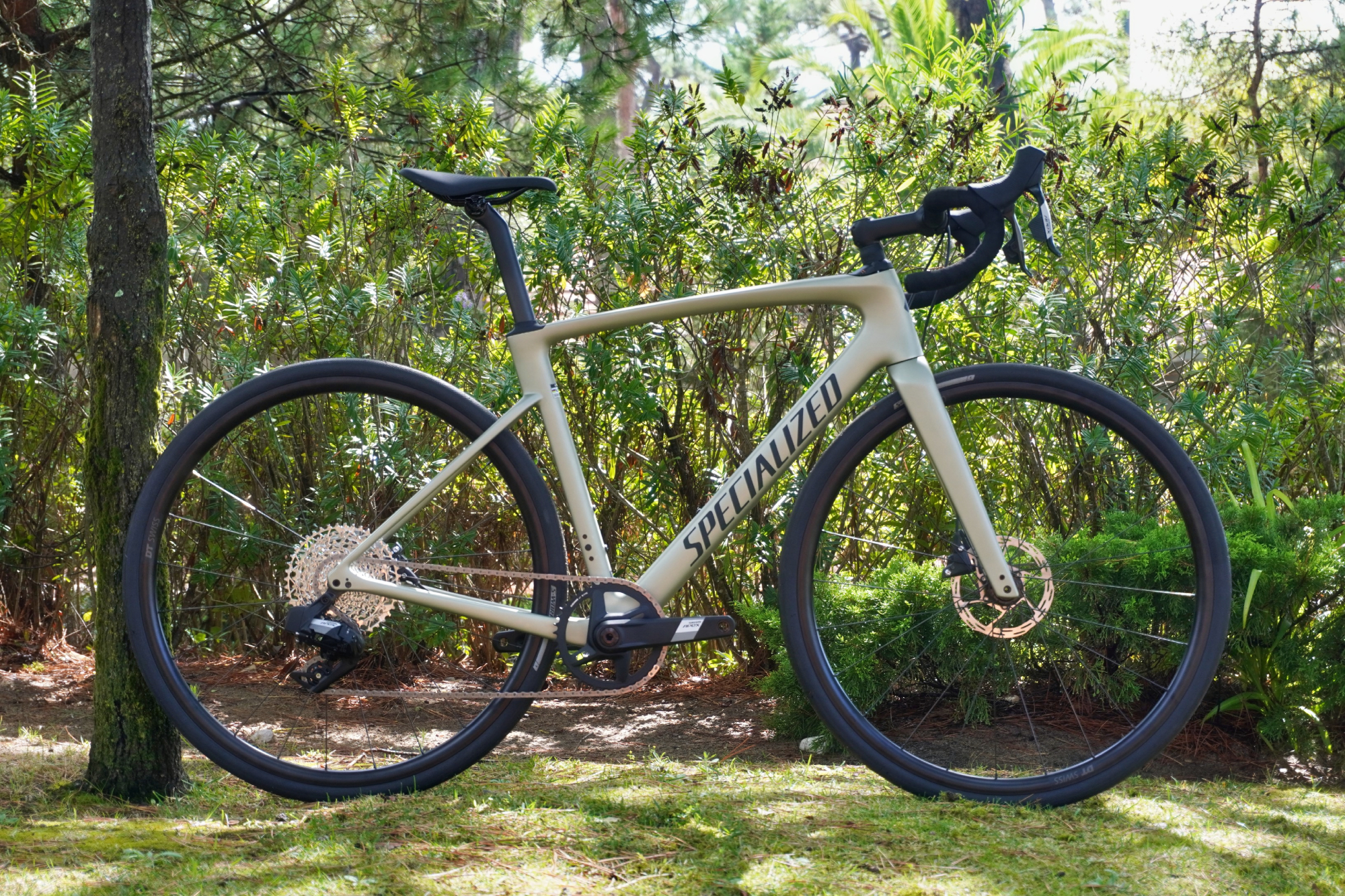
The Future Shock under-stem suspension system first debuted in 2016, seeing victory in both the 2018 and 2019 Paris-Roubaix. Although the Future Shock has only been a feature of the Roubaix for a portion of its 20-year history, it has become something of a defining characteristic in the modern form of the model.
And that tech has seen a lot of development in this latest iteration. Now, there are three separate levels of the new Future Shock: the 3.3, the 3.2 and the 3.1. I’ll start with the 3.3 as that’s the most feature-packed - the other levels are mainly differentiated by the features which they’re lacking compared to the 3.3.
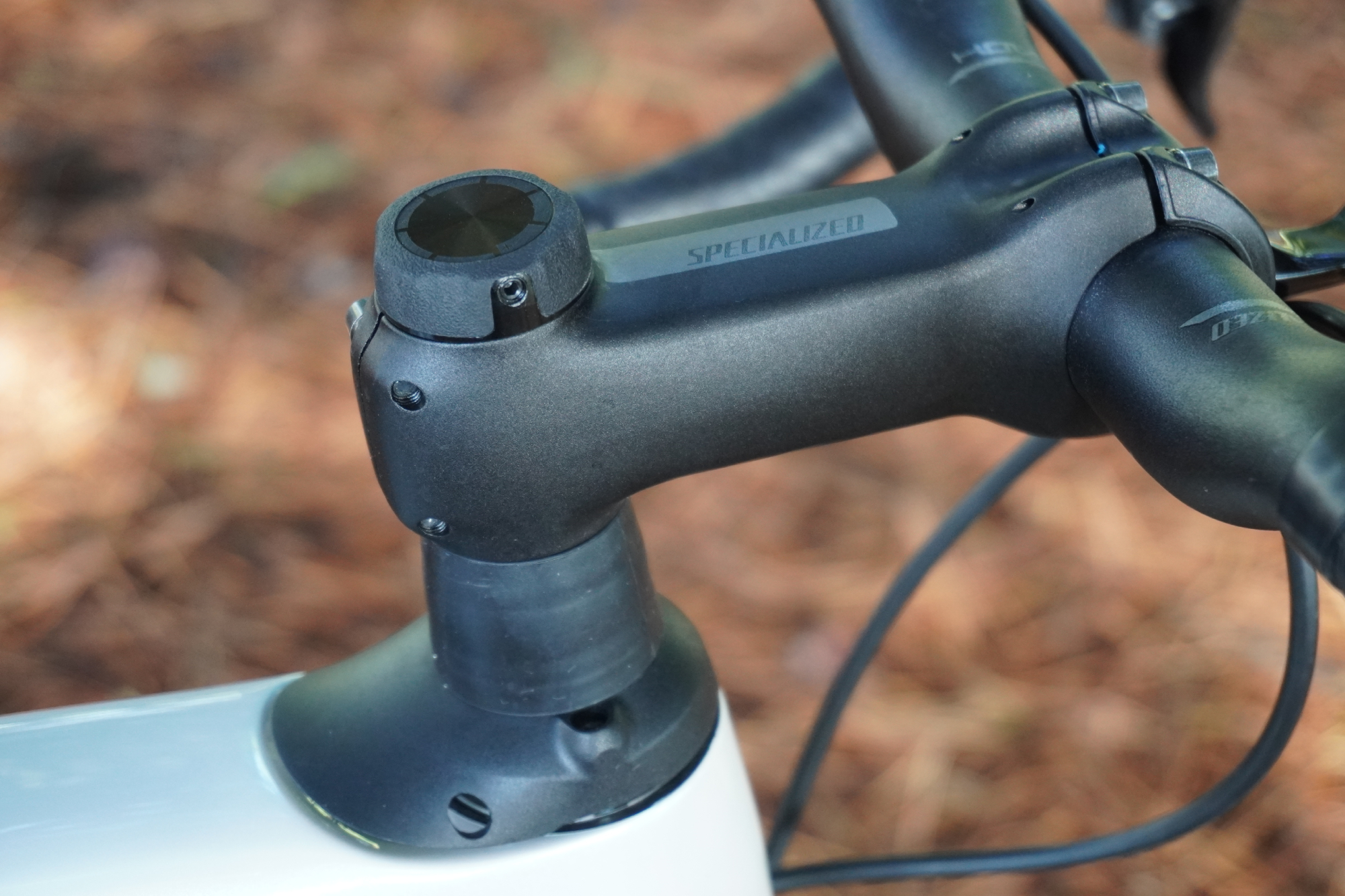
Tunability is the biggest upgrade to the Future Shock 3.3. Whereas the previous iteration allowed you to ride with the Future Shock either fully open or locked out, the Future Shock 3.3 lets you click between six individual settings for how firm the shock feels - providing more of a spectrum of cushioning than a binary on or off.
The latest race content, interviews, features, reviews and expert buying guides, direct to your inbox!
As with the previous iteration, you can swap between three different spring weights to tailor the firmness of the suspension to the weight you put through the bars. But in addition to that, on the new Future Shock 3.3 there’s now the ability to add preload spacers, enabling further, fine-tune adjustments to the feel of the suspension.
When you compress a spring, the initial part of the travel is the easiest to move through - as you get further into the travel, the force required to compress it further continues to ramp up. So, the way preload spacers work is by taking up that initial (and easiest) part of the spring’s travel. This way, you start your travel through the 20mm of suspension travel from the ‘firmer’ part of the spring - very helpful if you’re between spring weights.
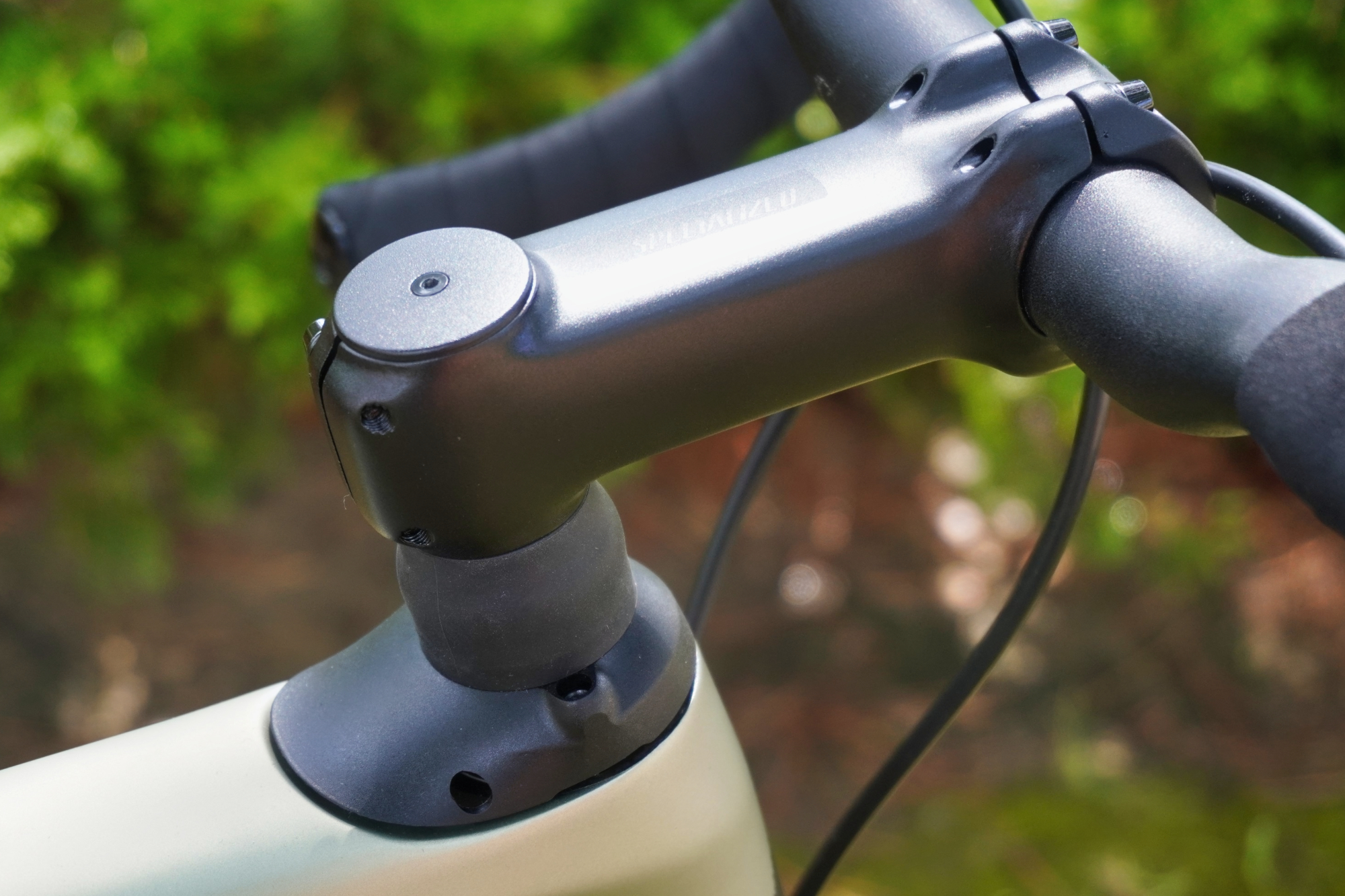
The difference between the Future Shock 3.3 and the 3.2 is that the latter doesn’t have the dial to firm up the suspension: the 3.2 is always open. The difference between those top two models and the 3.1 is that the former two both have dampening - i.e., there’s an oil-filled cylinder which smooths and slows the action of the spring - while the 3.1 forgoes this.
Dampening is beneficial because, with a simple undampened spring, you can blow straight through the travel on an impact and after that it’ll ping straight back - not a million miles away from a pogo stick. When the travel distance is smaller, these effects aren’t so pronounced and you do get gains in comfort.
Canyon/Ergon’s leaf spring suspension seatpost provides an equal amount of undampened travel and I’ve found that fine - Lauf’s undampened carbon leaf spring MTB suspension fork with 60mm of travel has been criticized as crossing the threshold to being a bit too springy.
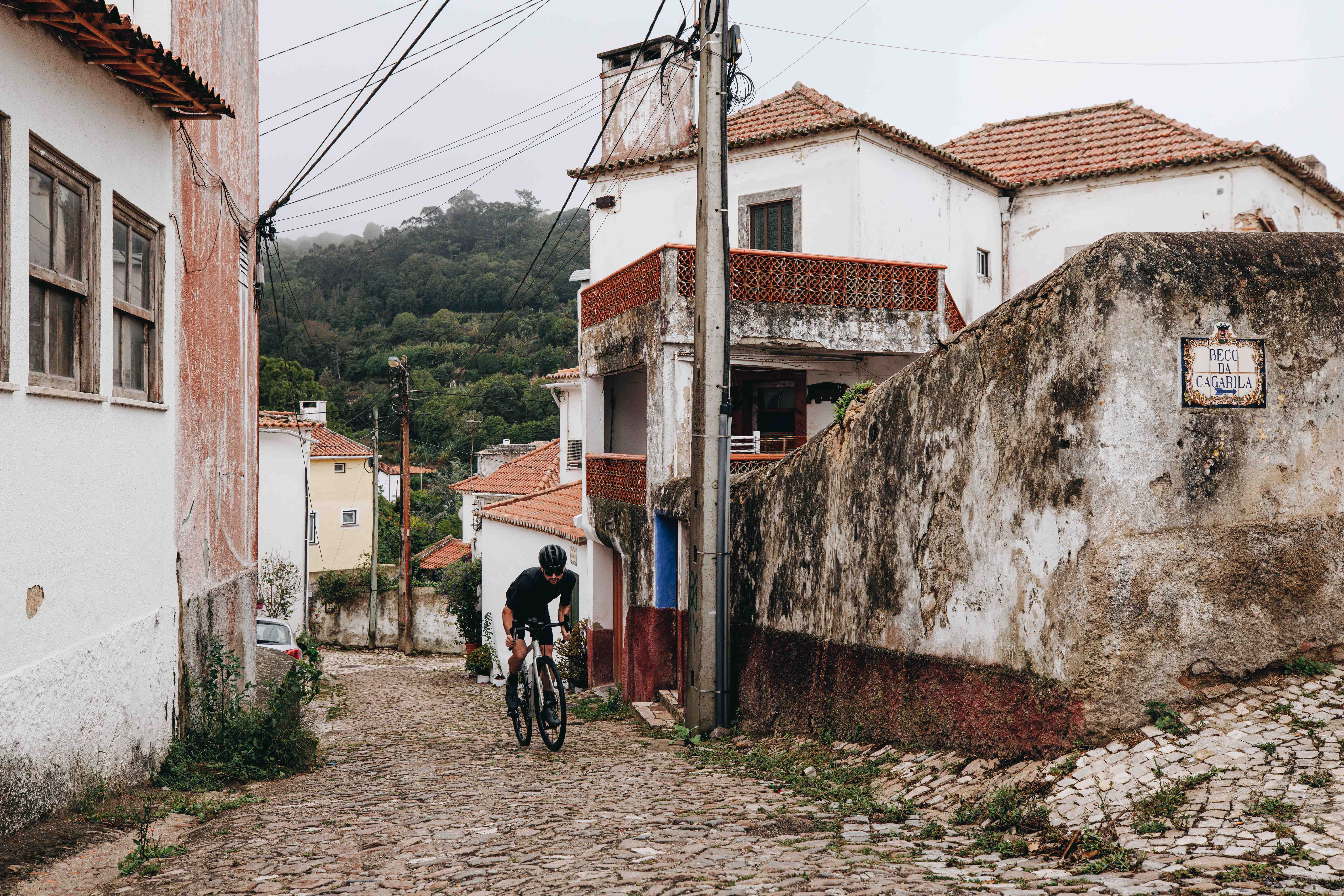
The Future Shock 3.3 is only available in the stock setups in the most expensive S-Works and Pro builds of the bike - which isn’t ideal if you quite like the sound of its functionality, but aren’t so interested in dropping in the region of five figures on high-end groupsets or slightly lighter carbon.
But, on the other hand, the Future Shock 3.3 can be bought separately, so you could plump for a workhorse groupset and wheels but still benefit from the top-range suspension. Just remember to factor in the extra spend when looking at the list price. Even better, it’s possible to retrofit the Future Shock 3.3 into previous models of the Specialized Roubaix - there are a few caveats on the very smallest sizes though, where there’s simply not the space in the head tube.
Lighter; more aero
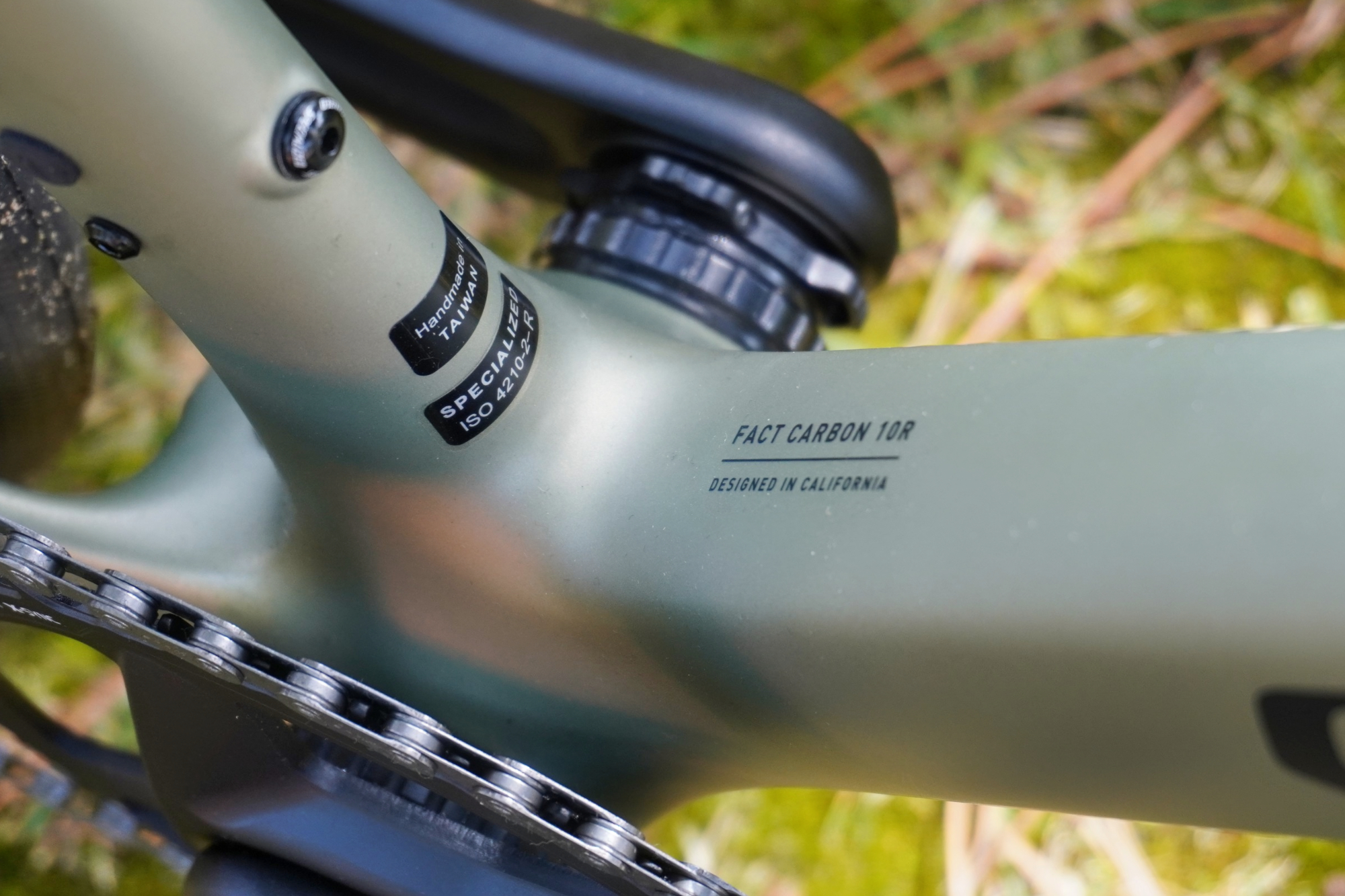
Regarding the weight, the new Roubaix SL8 is claimed to be 50 grams lighter than the previous iteration, with the frame weight of a painted 56cm S-Works Roubaix SL8 frameset reported as 828 grams. That is impressively light for an endurance bike which is designed to handle such rough roads.
However, it’s worth bearing in mind that this listed frame weight doesn’t include the weight of the Future Shock suspension system which lives in the headset. This comes to around 400 grams, putting the range topping S-Works Roubaix SL8, with the most expensive 12r carbon layup, somewhere in the region of 1,228 grams. For context, Canyon lists the frame weight of its Endurace AL aluminum endurance bike at 1,375 grams in a size medium.
Still, 1.2 kilos isn’t super heavy for a frame - with a SRAM Red groupset, carbon wheels and all the rest, the S-Works Roubaix SL8 can be built to tip the scales at 7.3kg. Specialized says that nothing is lighter in its class, and I think they are correct - particularly if that class is defined as suspension touting, super rugged endurance road bikes. But even away from that, 7.3kg is pretty impressive for endurance bikes in general. Again for context, Canyon’s range topping carbon Endurace CFR endurance bike with Shimano Dura-Ace groupset is claimed as weighing 7.38kg.
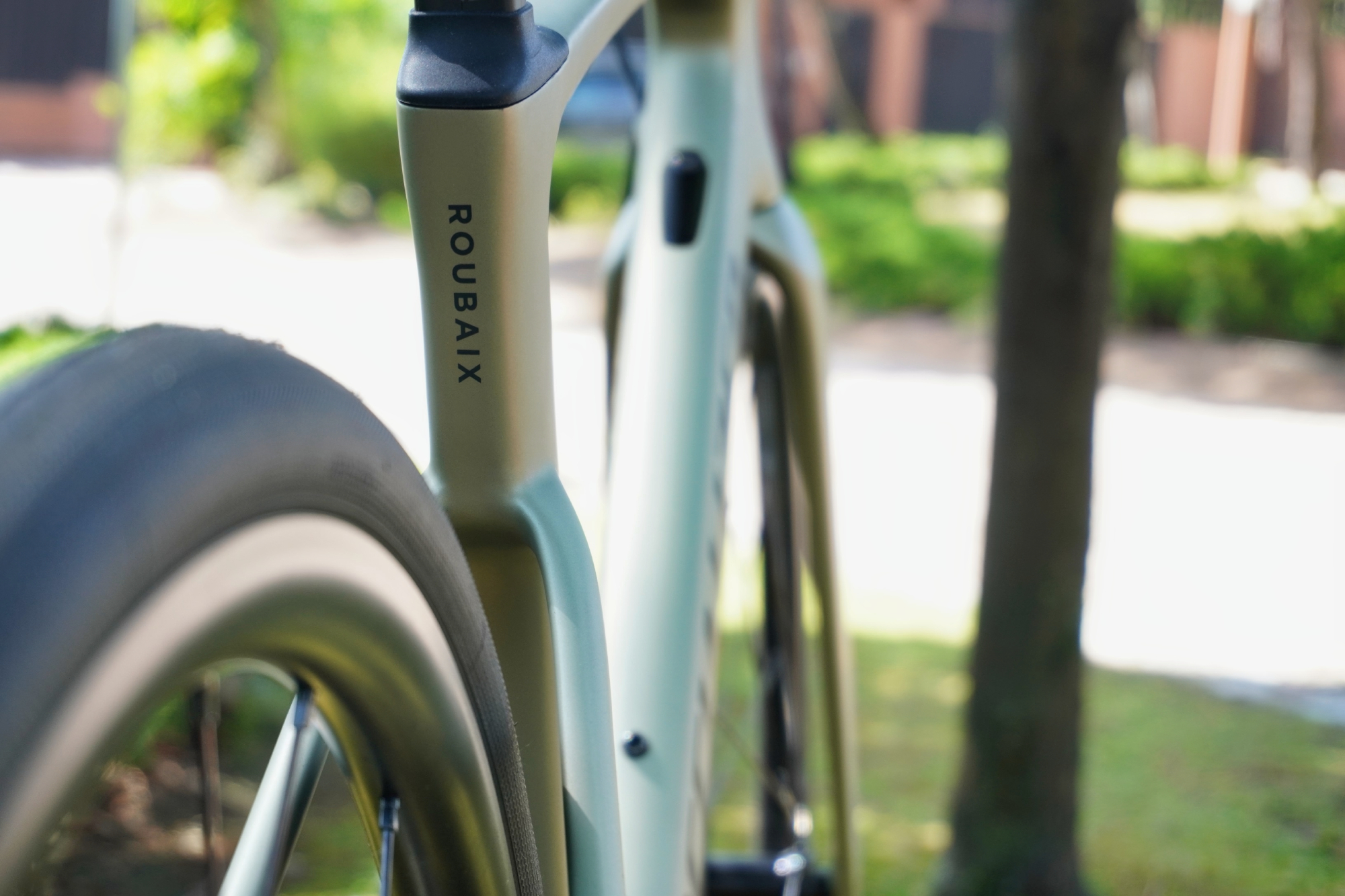
There have also been some tweaks to the Roubaix’s frame design to improve the aerodynamics. The downtube has been made a little deeper, the seat stays a little lower, the fork blades a little deeper and the head tube has been reshaped. More watts could have been saved by tucking the hydraulic hoses out of the wind and internally routing them, but there’s not space for that in the headtube with the presence of the Future Shock - an interesting conundrum for the next iteration no doubt!
All told, the changes to the Roubaix add up to a total of four watts saved. Specialized calculates this as saving you up to 17.7 seconds over the course of a 100-mile ride at 3 watts/kg - which doesn’t strike me as a massive saving over such a long distance. But Specialized says that the Roubaix was already pretty optimized, so there wasn’t much headroom for making large gains in the aerodynamics. Plus anyway, if you’re that concerned with speed, the Specialized Tarmac SL8 would probably be the more sensible bike to be looking in from Specialized’s range.
More clearance; more mounts
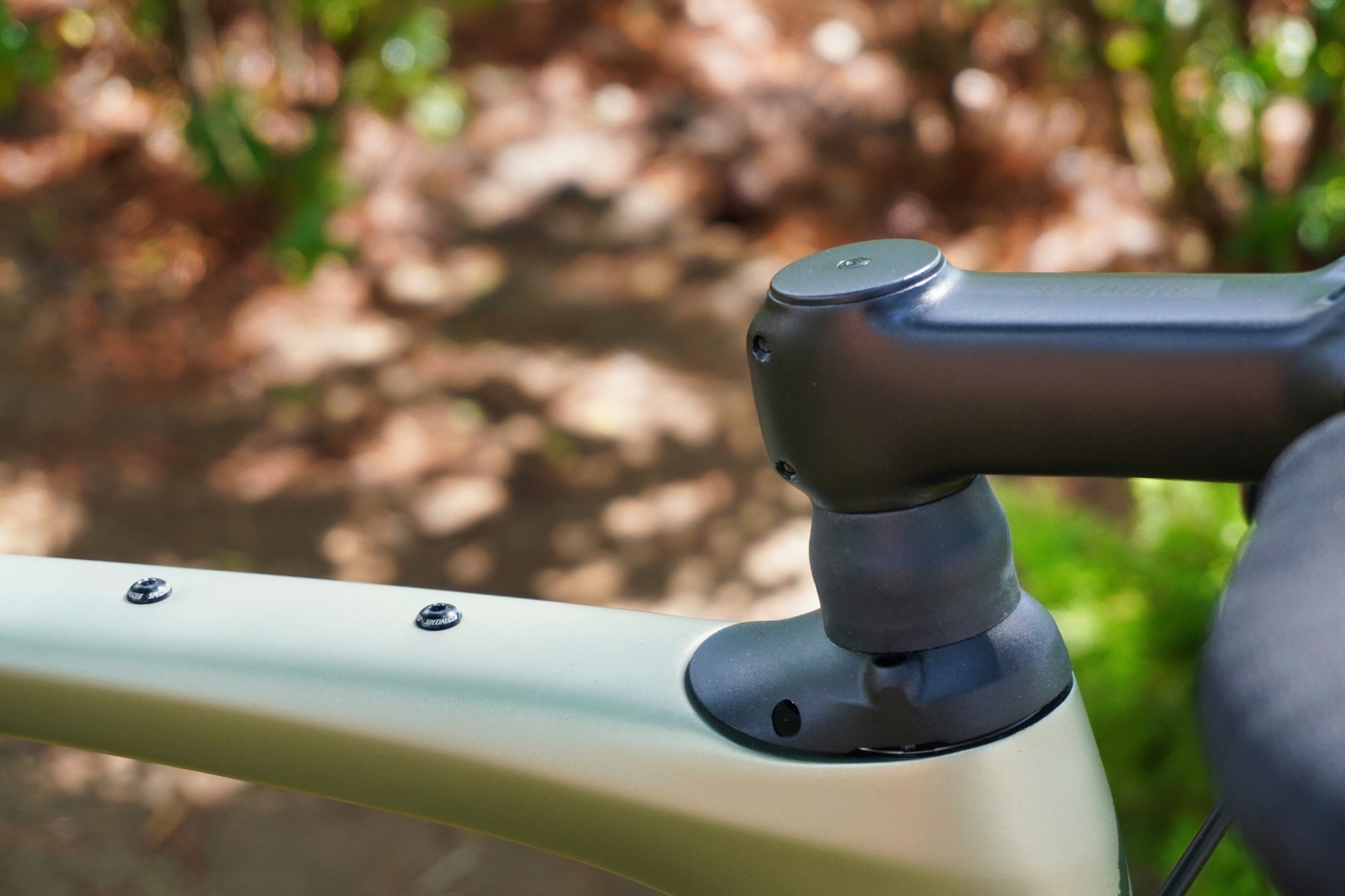
Clearance for the new Roubaix has been increased up to 40mm, allowing for some really quite chunky rubber for an endurance bike. The stock builds come with 32mm S-Works Mondo tires, which plump up pretty big on the wide Roval rims. For those living in wetter climates, you’ll be pleased to hear that 35mm tires can be fitted even with fenders/ mudguards attached.
Which brings us on to the mounting points - there are those said fenders and a pair of under-the-downtube bottle bosses. There’s also top tube mounts for clean attachment of a top tube bag. This is an especially important point, as wrapping the strap of a top tube bag around the ‘boot’ of the Roubaix’s Future Shock can damage the sealing and lead to water ingress - so it’s really important to use those bosses.
Geometry
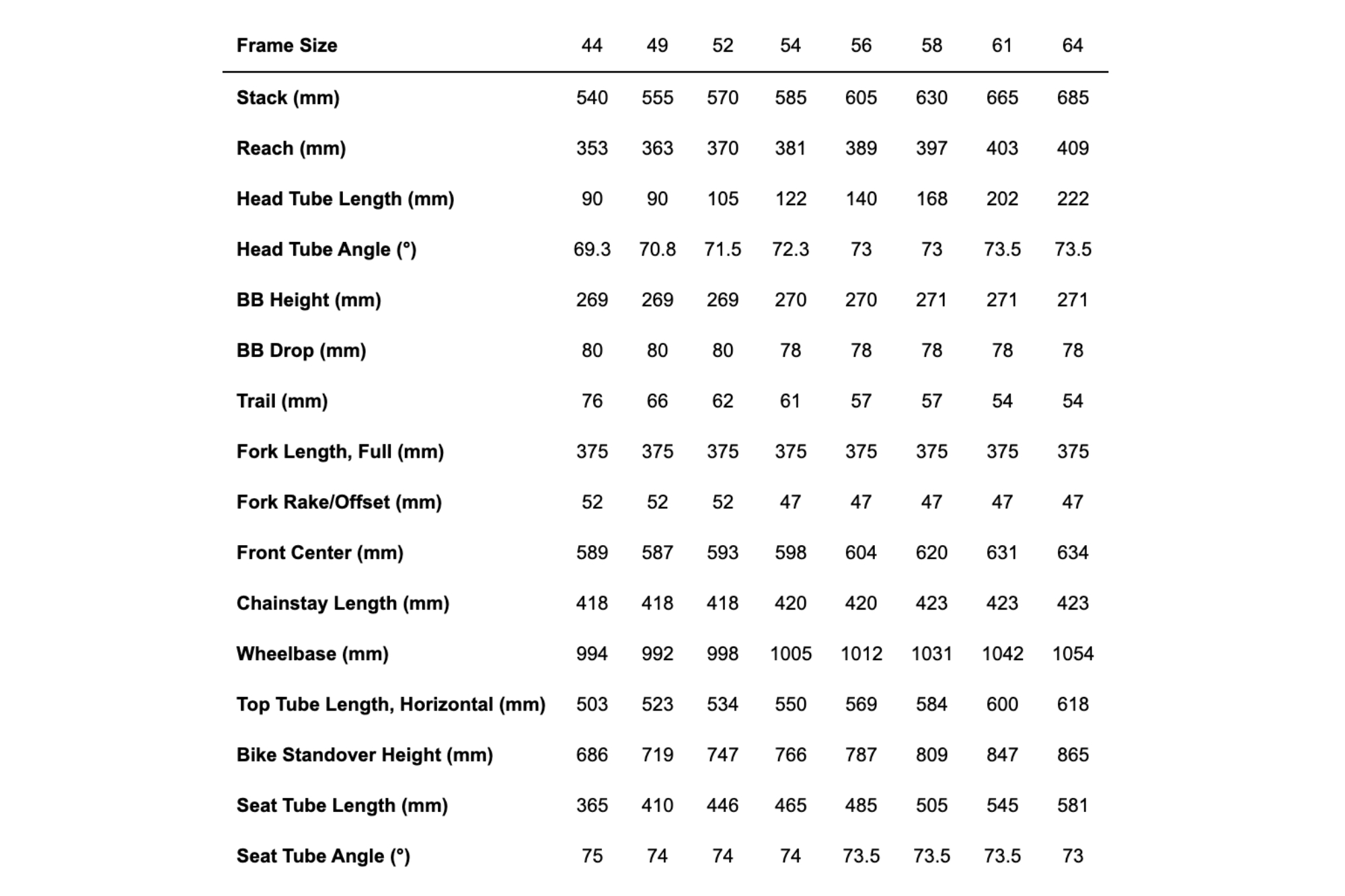
Regarding the geometry, pretty much across the board, the Roubaix has tended towards greater stability and control.
The stack is identical at 585mm for a size 54cm frame, but the reach and front centre have both been increased to provide more toe-overlap clearance when running large tires and/or mudguards. Previously, the reach was 376mm, now it's 381mm; the front centre has increased from 585mm to 598mm.
The head tube angle is slightly slacker at 72.3 degrees compared to 72.75 degrees on the outgoing model. The BB drop is also a little lower, now at 78mm compared to 76mm. The chainstays too are tending towards greater stability, at 420mm in a size 54cm compared to 415mm before.
The differences are sizeable, but they are still within the ball park of an endurance road bike. Although the Roubaix felt steady and controlled, it was still fun to descend on and it responded well to a turn of speed.
What kind of bike is the Roubaix, really?
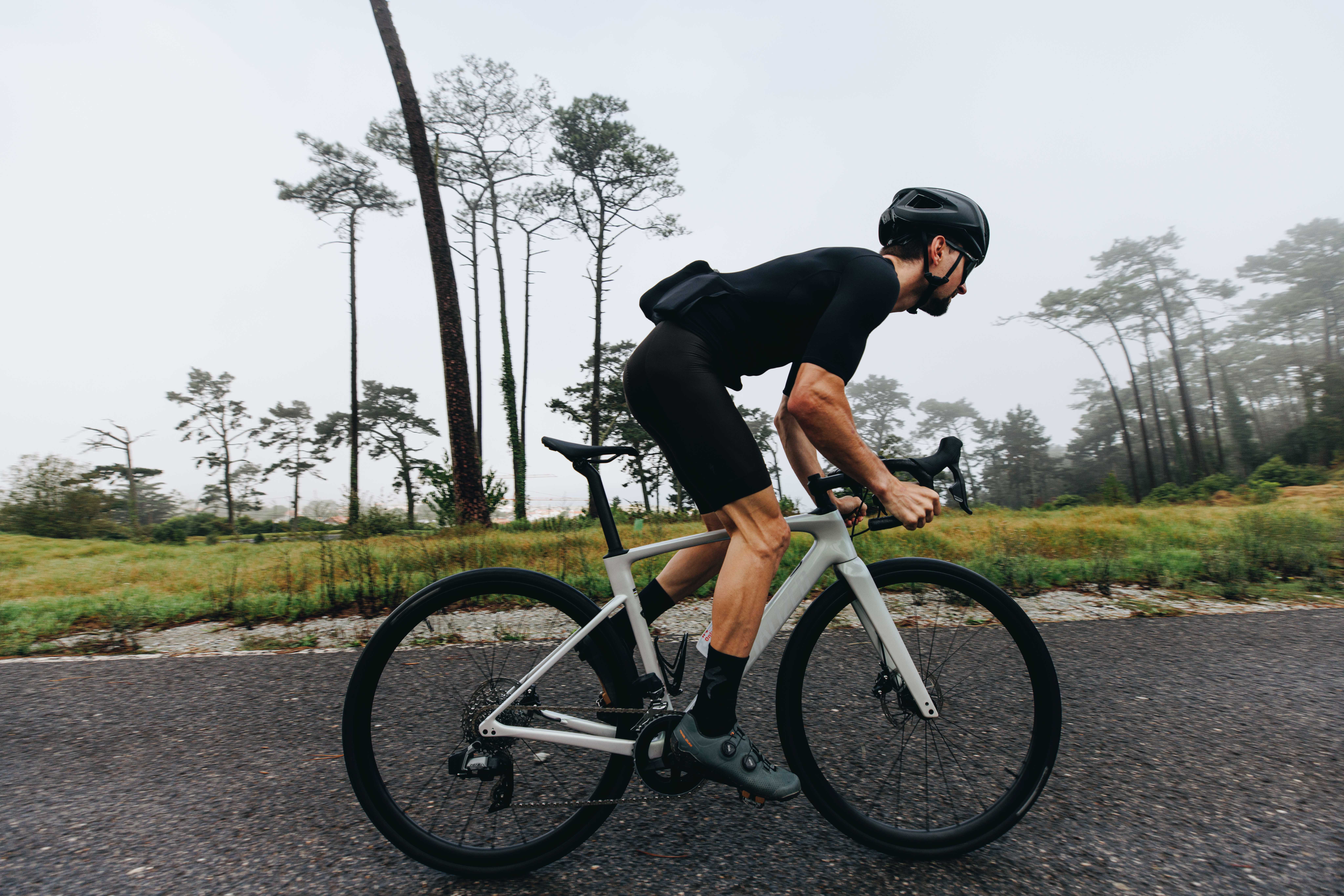
This is quite an interesting question to unpick and explore: where exactly does the Roubaix falls on the spectrum of bikes? There are a lot of features for comfort - we’ve already covered the Future Shock, providing suspension which most gravel bikes don’t even have. The lowered clamp of the seatpost, essentially unchanged from the previous iteration, still allows for a large degree of seat tube flex - again, even more so than gravel bikes which use a simple round seatpost for compatibility with dropper posts.
And then there’s the tires. Up to 40mm puts the Roubaix within the ballpark of lighter weight and racier gravel bikes, and it wasn’t too long ago that even 38mm clearance was considered ‘gravel’. If you were coming to this bike blind to its endurance road heritage, I think it’s fair to say you probably wouldn’t place it in that category.
But then gravel has moved on quite a bit in more recent times, with beefier burlier frames, even more mounts and much greater tire clearance still. It’s also quite interesting that with gravel bikes getting ever more rugged, Specialized says that they expect many of their sponsored riders to be choosing the Roubaix for the UCI Gravel Champs precisely because it’s less burly and more nimble than the Diverge or even the Crux, whilst still being so comfortable and capable.
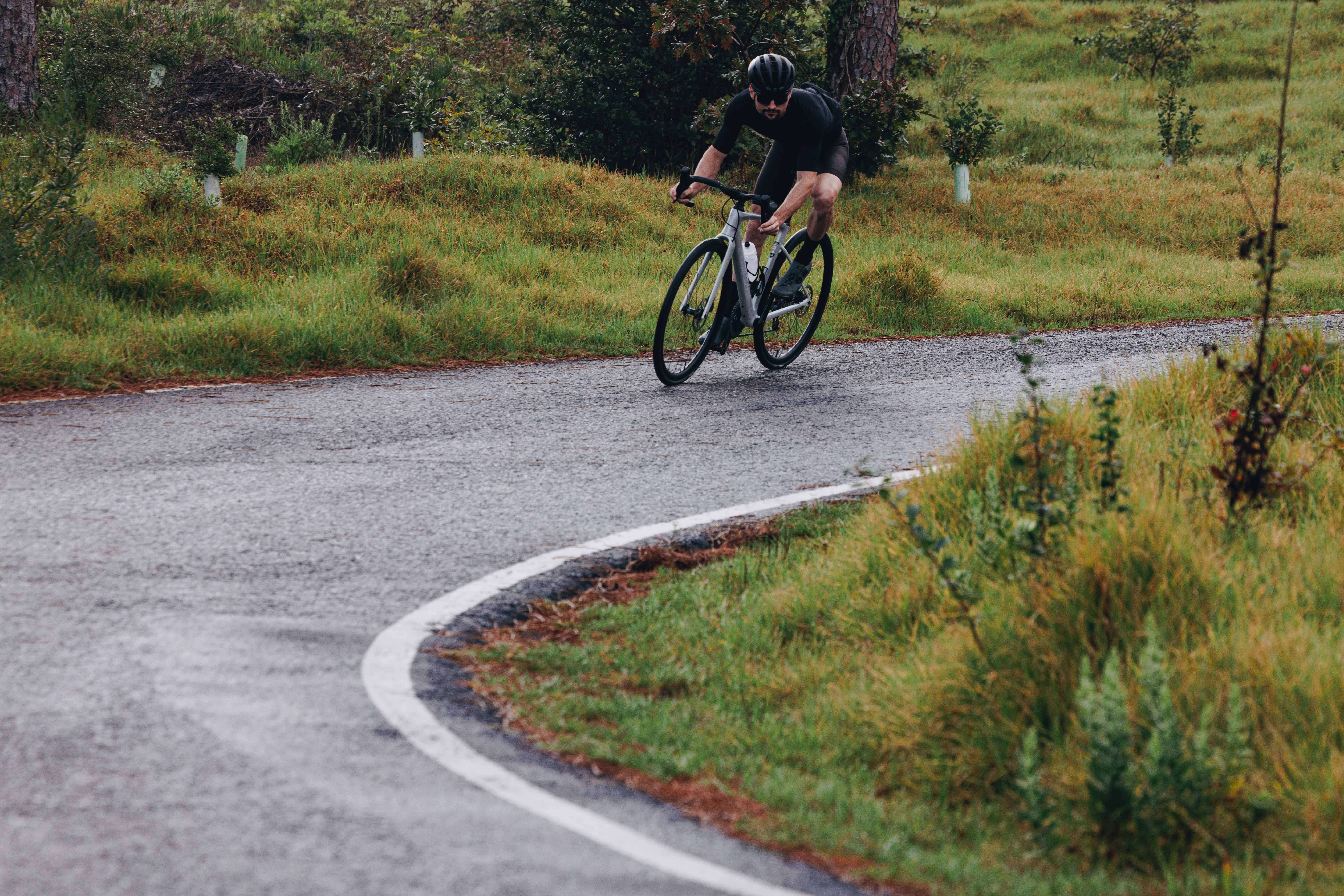
So, is it really fair to call the Roubaix a road bike? Well, it is a lot of fun to ride on the roads - the Future Shock and compliant seatpost don’t slow the bike down in any meaningful way, and slick 32mm tires don’t feel sluggish on the road - yet still offer a great amount of comfort.
It boils down to what you’re willing or want to put up with. You could get away with riding a bike less capable than the Roubaix solely on gravel, but that would be quite jarring with all the vibrations. Or you could ride a bike as capable as the Roubaix solely on the road and have a magic-carpet sensation - there’s no contradiction there, just different experiences.
I would suggest that with our understanding of tire width and rolling resistance having greatly improved over recent years, that some of the raison d'etre for the Future Shock has been lost. If you didn’t want to go above a 25mm tire width, but still wanted some of the vibrations sounded out, the Future Shock made a lot of sense. But as it turns out, 32mm tires can be pretty rapid in real world conditions when riding rougher roads where deflection and deformation help both rider comfort and lower the rolling resistance.
For some people, an endurance bike along the lines of the new Canyon Endurace is perfectly sufficient in terms of comfort (as well as control) from the wide tires that are specced on it. Its price to weight ratio is rather better too - for the same spend you can get a lighter bike.
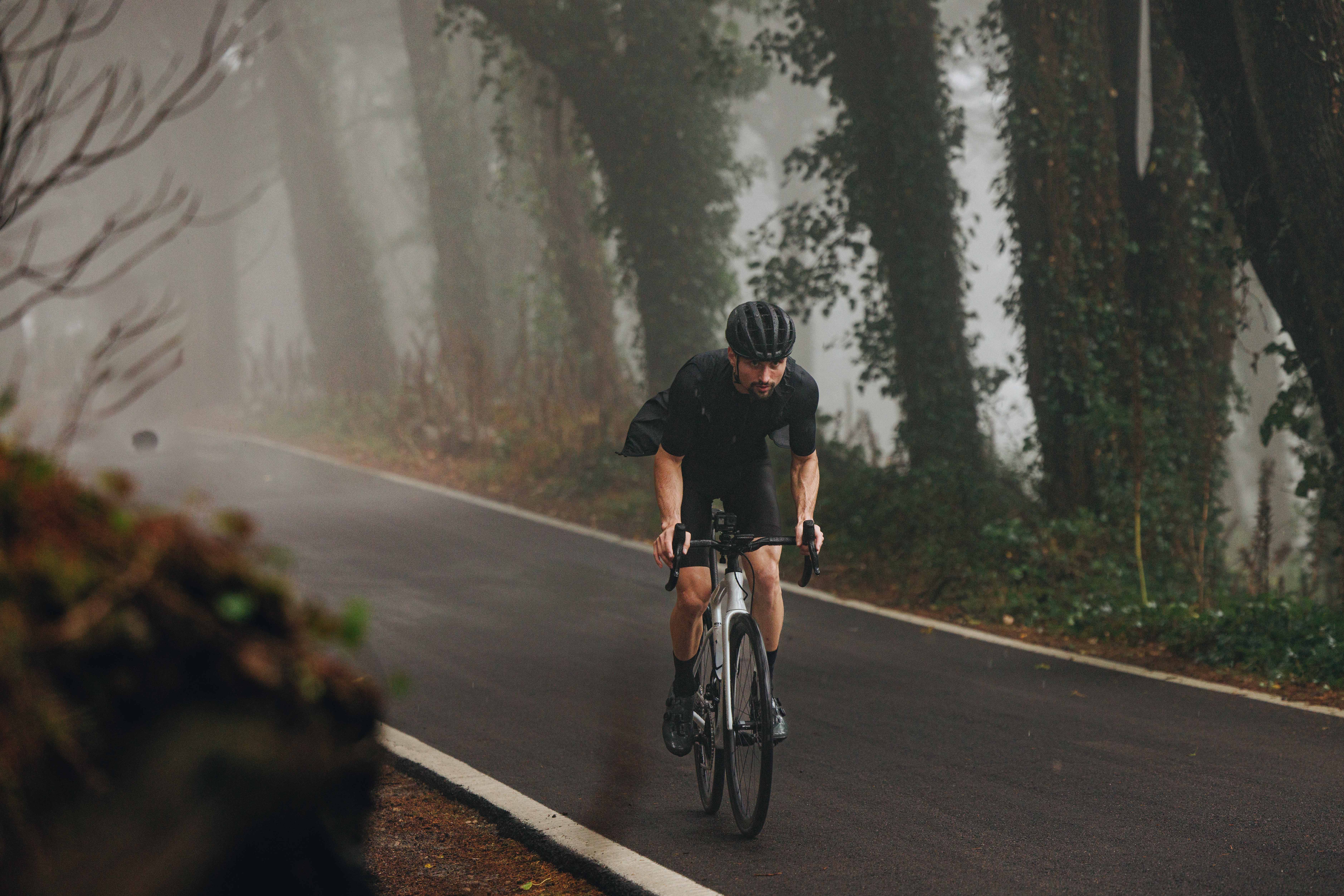
But that doesn’t mean there isn’t a place for the Roubaix in its current form. If you want even more comfort - and especially if you plan on treating an endurance road bike as more of an all-road / speedy gravel bike - then the extra impact isolation that the Future Shock provides does make a really big difference and is well worth your consideration.
It does mean, though, that there is a little bit of a gap in Specialized's range for a lighter, more affordable, endurance road bike which is still geared towards performance. The Specialized Allez is more geared towards the entry level, the Specialized Aethos is a bit aggressive as a lightweight climbing race bike - the Allez Sprint and the Tarmac SL8 are both similarly race-oriented. Plus, as I’ve mentioned, the Future Shock means that you can generally get a lighter endurance bike for a smaller spend from other brands.
Even so, I would still suggest popping over to a Specialized dealer and getting out for a test ride with the Future Shock. It really does do an excellent job at soaking up the impacts, and the tunability regarding the spring weights, preload spacers and six separate settings for the suspension firmness means that you can really tailor it to the riding you’re doing. That level of rider comfort could make a much greater difference to your ride than slightly lighter wheels or going for SRAM Force rather than Rival. Or, you might find it superfluous to your needs - either way, it’s good for riders when there is a wide variety of designs and approaches to choose from.
The builds
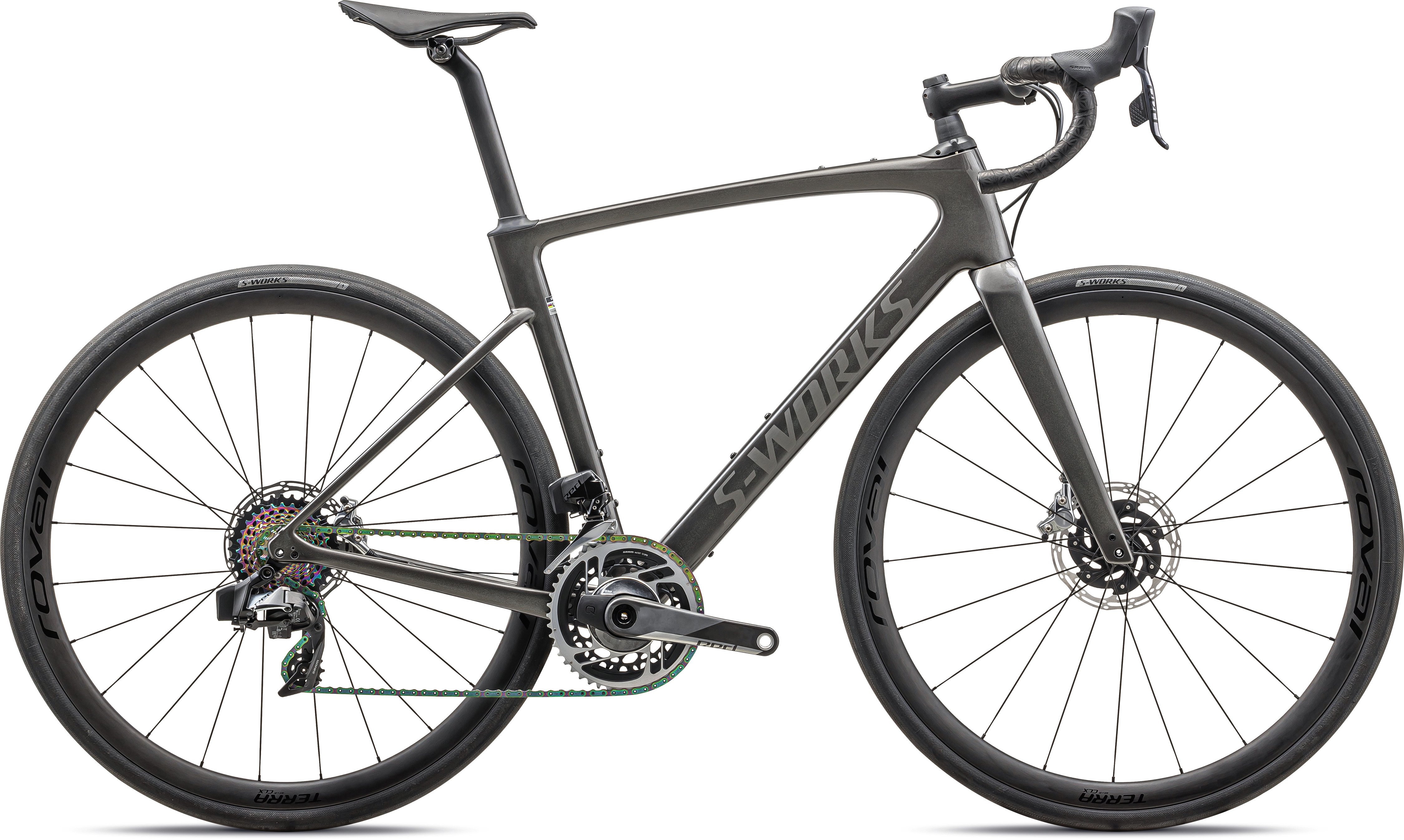
S-Works Roubaix SL8
The top-end flagship model, it has Specialized’s Fact 12R carbon layup for the lightest frame weight, Roval Terra CLX II carbon wheels, with a 32mm depth and 25mm internal width. The tires are the S-Works Mondo 2BR 700x32c and the groupset is full SRAM Red AXS with a 46/33t chainset and 10-33t cassette. It comes with the Future Shock 3.3 and the price is $14,000 / £12,000.
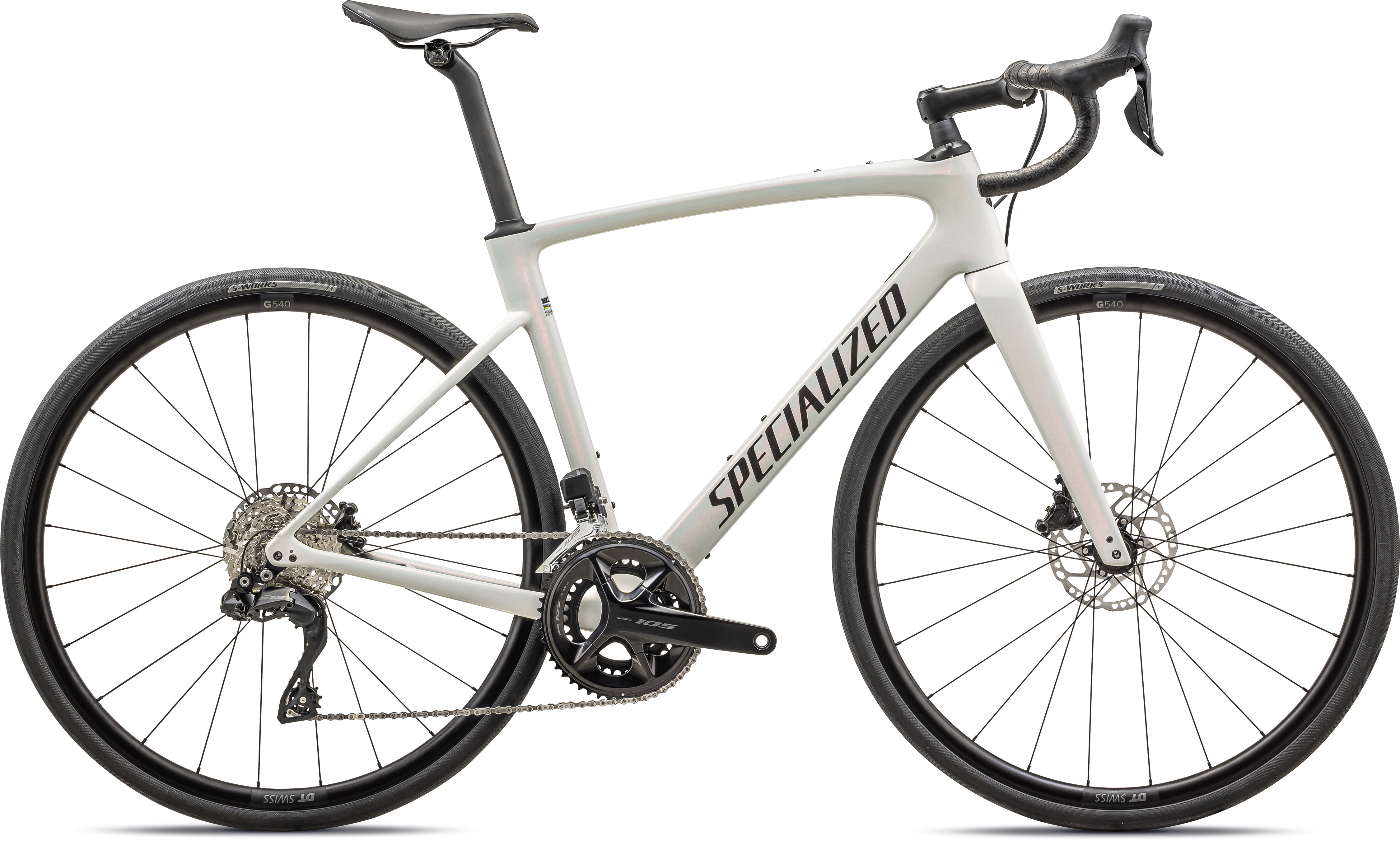
Roubaix SL8 Comp
This model takes a step down to the Fact 10R carbon and the Future shock 3.2 - the model with the same dampening and ability to fine tune the preload as the 3.3, just lacking the lock out function. The wheels are the DT Swiss G540 with 24mm internal rim width, but the tires are the same S-Works Mondo 2BR 700x32c. The groupset is Shimano’s 105 12-speed Di2 offering, and the chainrings are 50/34t with the cassette being 11-36t. The price for this model is $5,000 / £5,000.
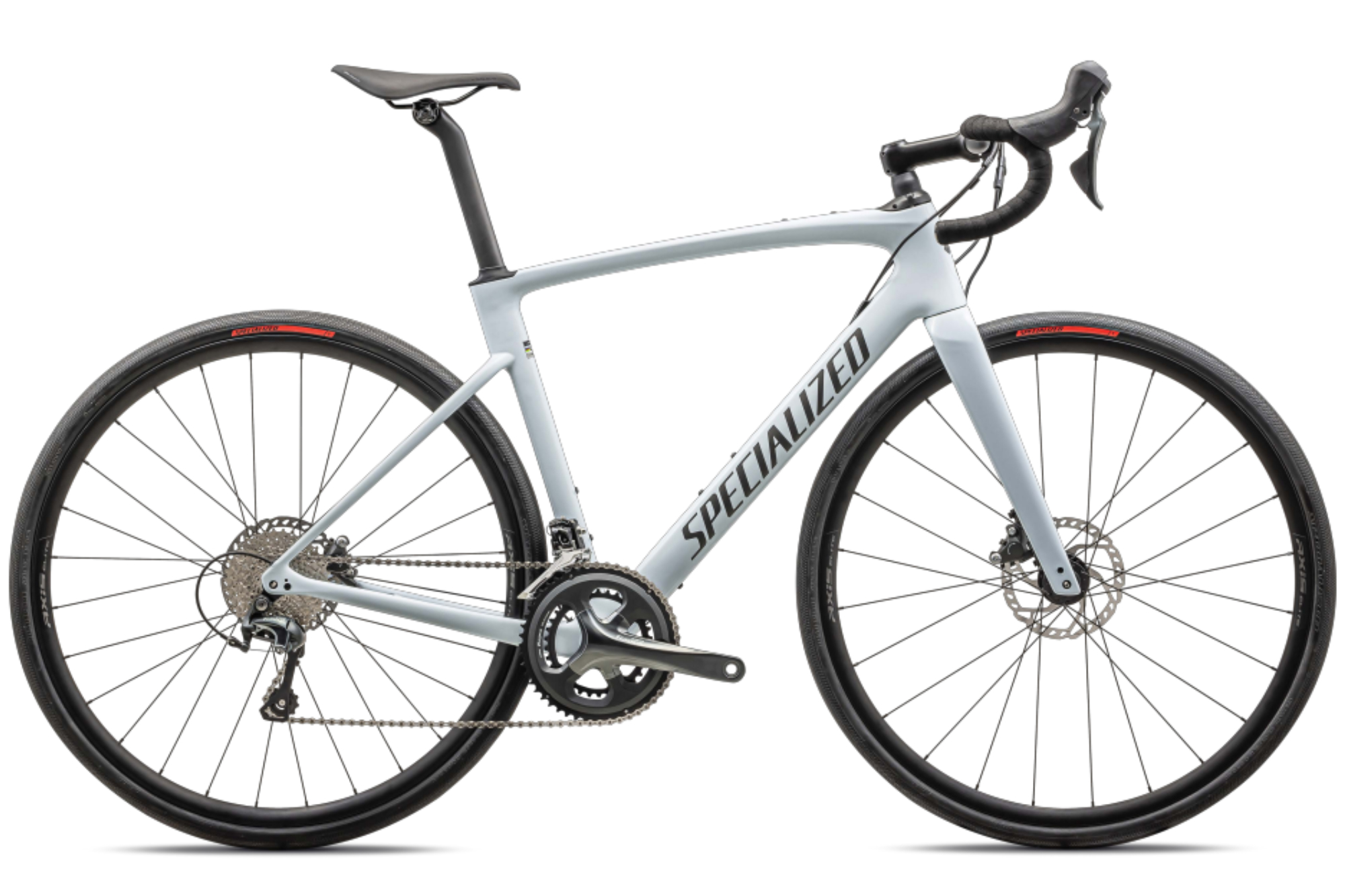
Roubaix SL8
The range starts with the Roubaix SL8, which uses the same Fact 10R carbon as all the other Roubaix models bar the S-Works version - but it takes a step down to the Future Shock 3.1. 20mm of suspension travel is still provided and you can tune the firmness by changing the frame weights and preload spacers, but there is no lock out function and the spring is undampened.
The groupset is Shimano Tiagra 10-speed mechanical, with 50/34t chainrings and an 11-34t cassette. The wheels are Axis Elite Disc and the tires are RoadSport 700x32c. The price comes in at $2,800 / £2,500.
You can view the full range on Specialized's website here.

After winning the 2019 National Single-Speed Cross-Country Mountain Biking Championships and claiming the plushie unicorn (true story), Stefan swapped the flat-bars for drop-bars and has never looked back.
Since then, he’s earnt his 2ⁿᵈ cat racing licence in his first season racing as a third, completed the South Downs Double in under 20 hours and Everested in under 12.
But his favourite rides are multiday bikepacking trips, with all the huge amount of cycling tech and long days spent exploring new roads and trails - as well as histories and cultures. Most recently, he’s spent two weeks riding from Budapest into the mountains of Slovakia.
Height: 177cm
Weight: 67–69kg